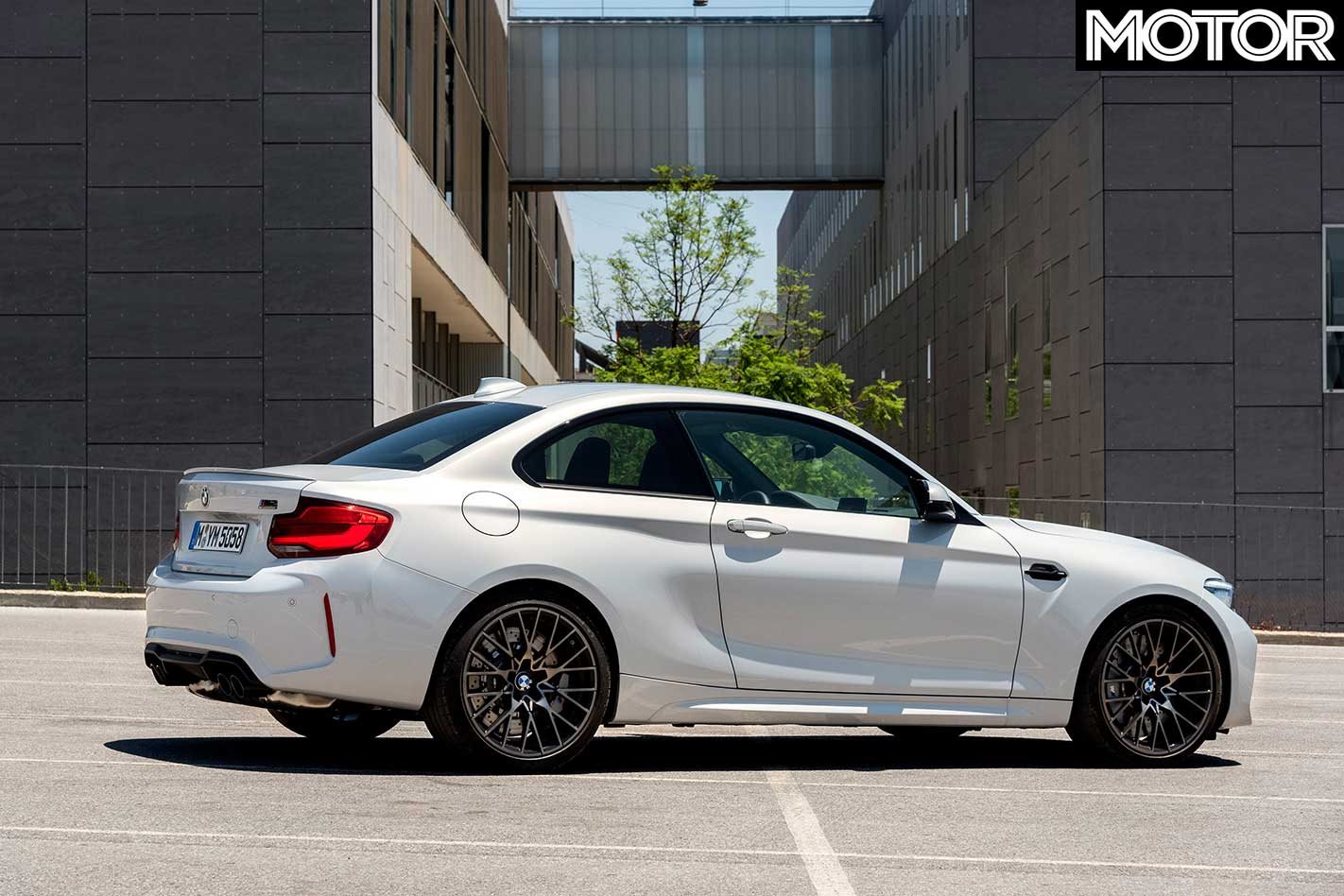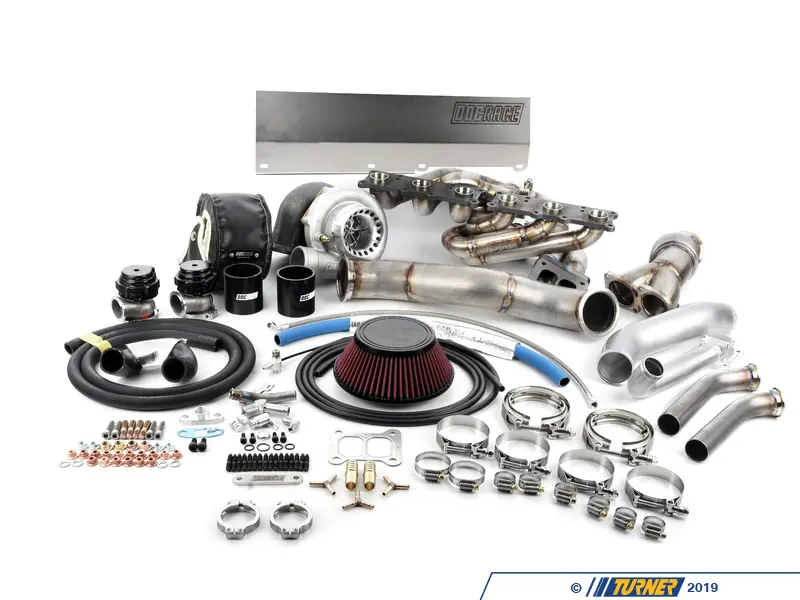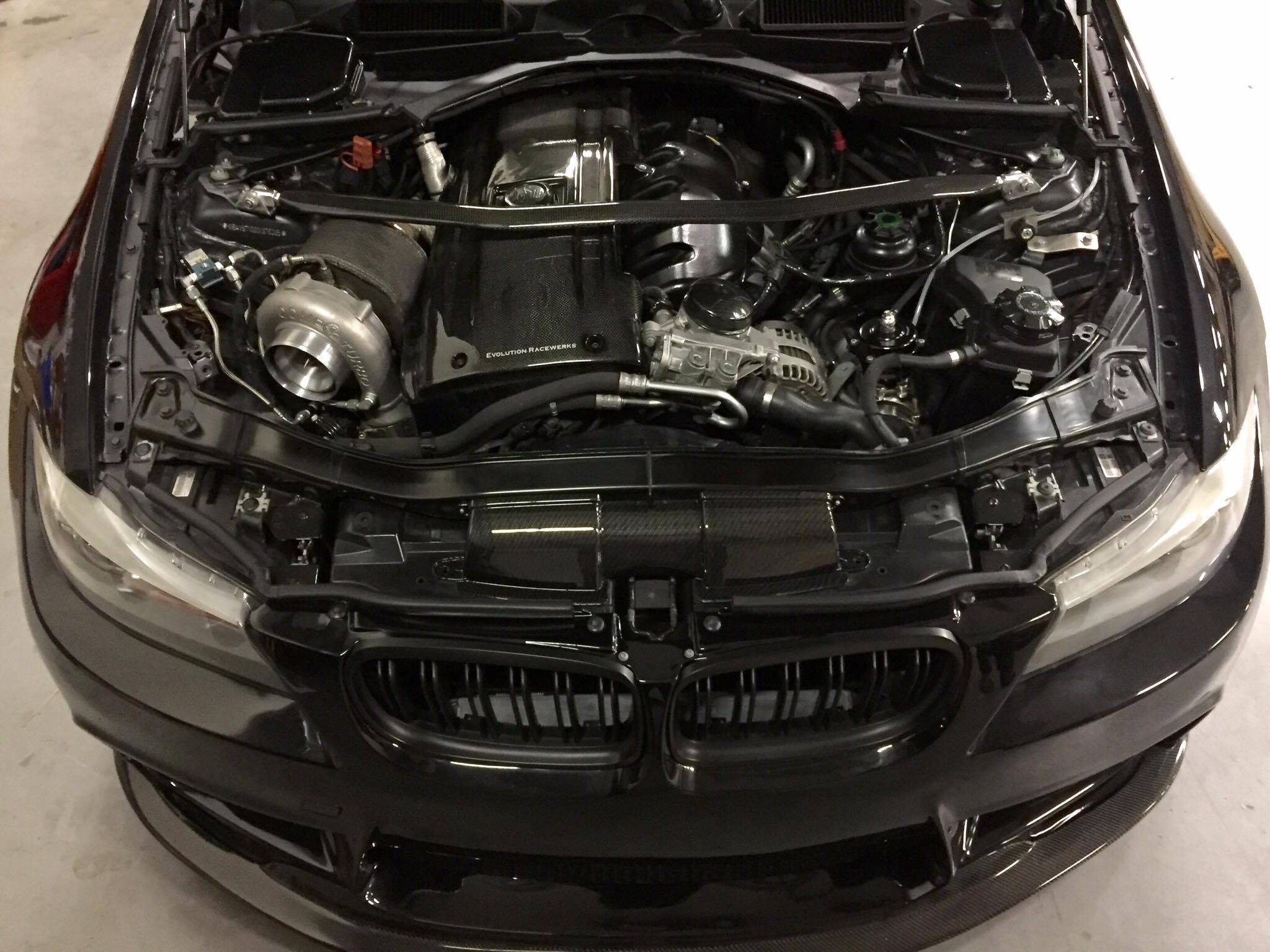M4 Single Turbo
BMW’s “TwinPower Turbo” designation has created some confusion, and even lawsuits accusing BMW of false advertising. This is because TwinPower Turbo does not necessarily mean the engine is truly twin turbo; it is simply a twin-scroll single turbocharger. Albeit, a twin-scroll turbo is a more efficient design than a single scroll turbo. To understand the difference between single scroll, twin scroll, and true twin turbo designs we must observe the complexities of a turbocharged engine.
How Does a Turbocharger Work?
Use left/right arrows to navigate the slideshow or swipe left/right if using a mobile device. S55 F80/F82/F83/F87 M3, M4 and M2 competition; N55: 135 / 235 / 335 / 435 / 535. Nissan RB26 / RB25 Garrett Twin Scroll T4 External WG Single Turbo Kit Nissan. We have set out to change the market and design an affordable, top mounted, single turbo system. From a design standpoint, this application is a challenge with the tight engine bay and a lot of tubing to fit in a small space. — Well clearly this first opening line to the description is very dated! Our popular BMW system was brought to market. BMW 1M Single Turbo - 0 to 302 kph.
As a quick refresher, let’s briefly examine the idea behind turbochargers and why they work. The below image shows the basic workings of a turbocharger.
I think it is easiest to think about the image where the cycle essentially starts – with the exhaust manifold. After the cylinder fires the exhaust gases are forced into the exhaust manifold. The air is then directed to the turbine inside the turbocharger housing; any additional air is routed through the wastegate to control and limit boost pressure. The high-speed exhaust gases spin the turbine, which is connected to the compressor via a shaft (“turbo shaft”). This in turn spins the compressor wheel; as you guessed, the compressor wheel is responsible for compressing the air and creating boost pressure. The compressed air is then routed through the intercooler to cool the air temperature, and eventually into the cylinder.
Sometimes you may see people refer to the “hot side” or “cold side” of a turbocharger. The hot side is the turbine, or exhaust side of the turbo. The cold side is the compressor, or intake side of the turbo. In the above image the boost pipe is more commonly referred to as the charge pipe. Lastly, the dump pipe is commonly known as the downpipe. Fun fact: turbochargers often run at speeds over 150,000 RPM under full throttle.
Why Does This Matter?
It is important to note – the cold side of the turbocharger remains the same in both single and twin scroll turbochargers. Components inside the turbocharger housing remain the same including the turbine, turbo shaft, and compressor. The notable difference lies in the exhaust headers and the exhaust inlet on the turbo housing. A twin scroll turbocharger features an exhaust manifold split into two headers based on firing order.
In the above image, we can see the exhaust manifold and headers for a twin scroll turbo on the left, and a single scroll turbo on the right. A quick google image search will show similar pictures for the turbocharger exhaust inlets too. Additionally, BMW TwinPower Turbo engines utilize two wastegates as you have two separate exhaust streams going into the twin scroll turbo. All in all, the differences are minimal. How can this slight difference in design really improve performance?
Exhaust Scavenging
Scavenging refers to pushing the exhaust gases out of the cylinder in order to draw in fresh air during the intake stroke. If the exhaust gases are not properly forced out of the cylinder then the next cycle will include exhaust gases mixed in with the fresh air, resulting in less power. Therefore, scavenging is an important aspect of the exhaust system. I promise I will tie this into the benefits of a twin scroll turbo design.
Exhaust Reversion
Reversion is the opposite of scavenging; it occurs when exhaust gases reverse direction and are actually pulled back into the cylinder rather than expelled through the exhaust. At lower RPM’s there is a lower pressure in the intake manifold, and higher pressure in the exhaust system; this causes the air in the exhaust manifold to be pulled back into the cylinder, towards the lower pressure air in the intake manifold. All engines experience some degree of reversion, however, a twin scroll turbo helps reduce reversion through the use of separate exhaust headers.
How Do Twin Scroll Turbos Reduce Reversion?
Using a BMW inline-6 engine as an example, separating the exhaust gas flow into two separate headers helps avoid the exhaust gases from fighting each other to escape. Cylinders which interfere with each other’s exhaust gases are now feeding different headers and a different “scroll” or exhaust inlet in the turbocharger. This creates a smoother flow of exhaust gases, thereby reducing reversion. Additionally, reducing reversion inherently increases the flow of exhaust gases through the turbocharger. More exhaust gases spin the turbine faster and create additional boost psi.
It sounds more complicated than it really is, but the important take-away is that a twin scroll turbocharger is a more efficient design than a single scroll turbo. Let’s take a look at some of the advantages and disadvantages of the different turbo set ups.

Single Scroll Turbocharger

Advantages:
- Compact
- Inexpensive compared to twin turbo or twin scroll turbo
- Less components to fail
Disadvantages:
- Less power and torque
- More turbo lag
- Less efficient overall
Twin Scroll Turbocharger – BMW TwinPower Turbo
Advantages:
- More compact than twin turbo
- Less turbo lag compared to single scroll
- Increased power and torque
- Increased fuel efficiency
- Better engine cooling
Disadvantages:
- Larger than single scroll turbo design
- More expensive
- More components to fail (two wastegates)
True Twin Turbo
Advantages:

- Same benefits as twin scroll turbo
- Reducing reversion
- Increased power and torque
- Increased fuel efficiency
- Reduced turbo lag
- Does everything better than a twin scroll turbo

Disadvantages:
- Heaviest
- Takes up the most space
- Complex design
- More parts to fail (higher maintenance and repair costs)
Which Turbo Set Up is the Best?
This really depends on the goals of the engine in question. A true twin turbo set up will lead to more power and torque, less turbo lag, and all-around better performance. However, this comes at the cost of a more complex, heavier design that takes up more engine space. Single scroll turbos are the cheapest option, and as such, offer the lowest performance benefit. Meanwhile, twin-scroll turbos add similar benefits of a true twin turbo design in a smaller and simpler package.
Summary
F82 M4 Single Turbo
BMW’s TwinPower Turbo (their term for a twin scroll single turbo) has drawn a lot of questions and even lawsuits for false advertising. Although it seems complex on the surface, a twin scroll design does add significant performance benefits as compared to a single, single scroll turbo. The use of separate exhaust pipes and “scrolls” helps reduce reversion and turbo lag while increasing power, torque, and fuel efficiency. However, a twin scroll turbo remains a cheaper and less powerful design than a true twin turbo set up.